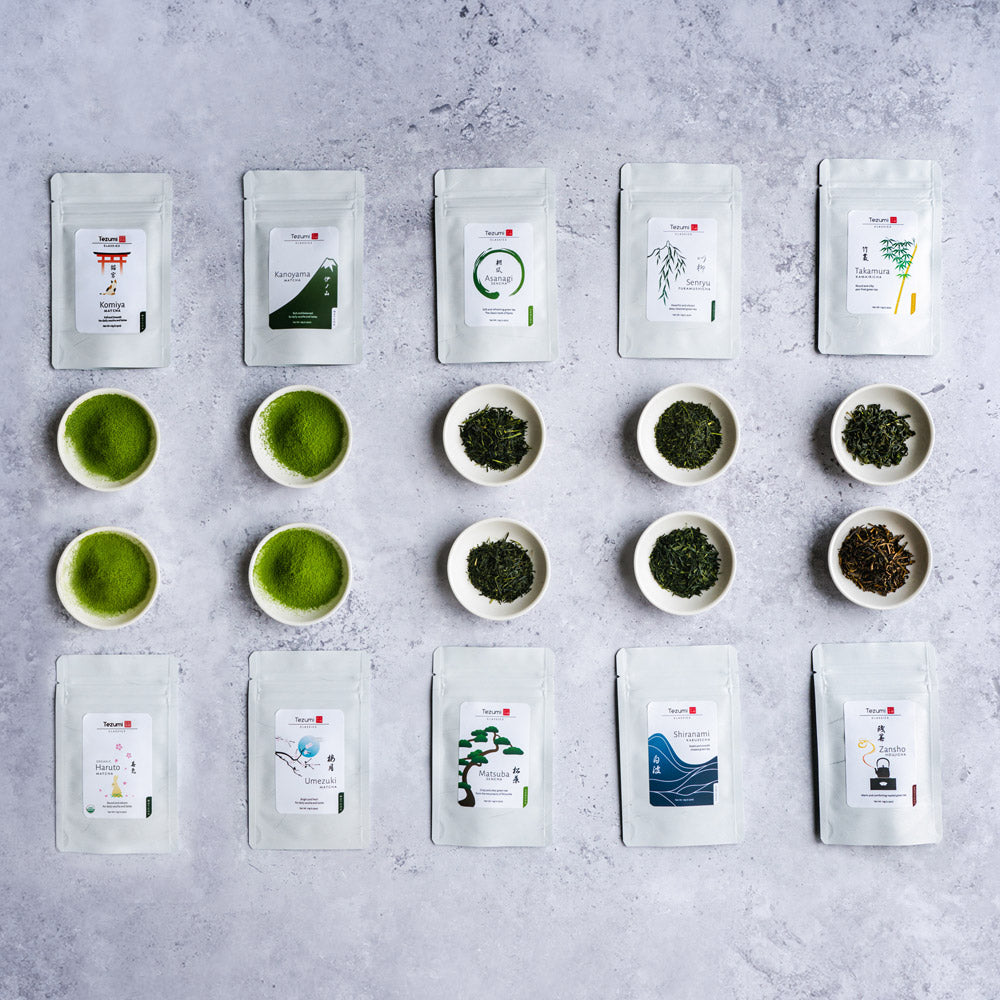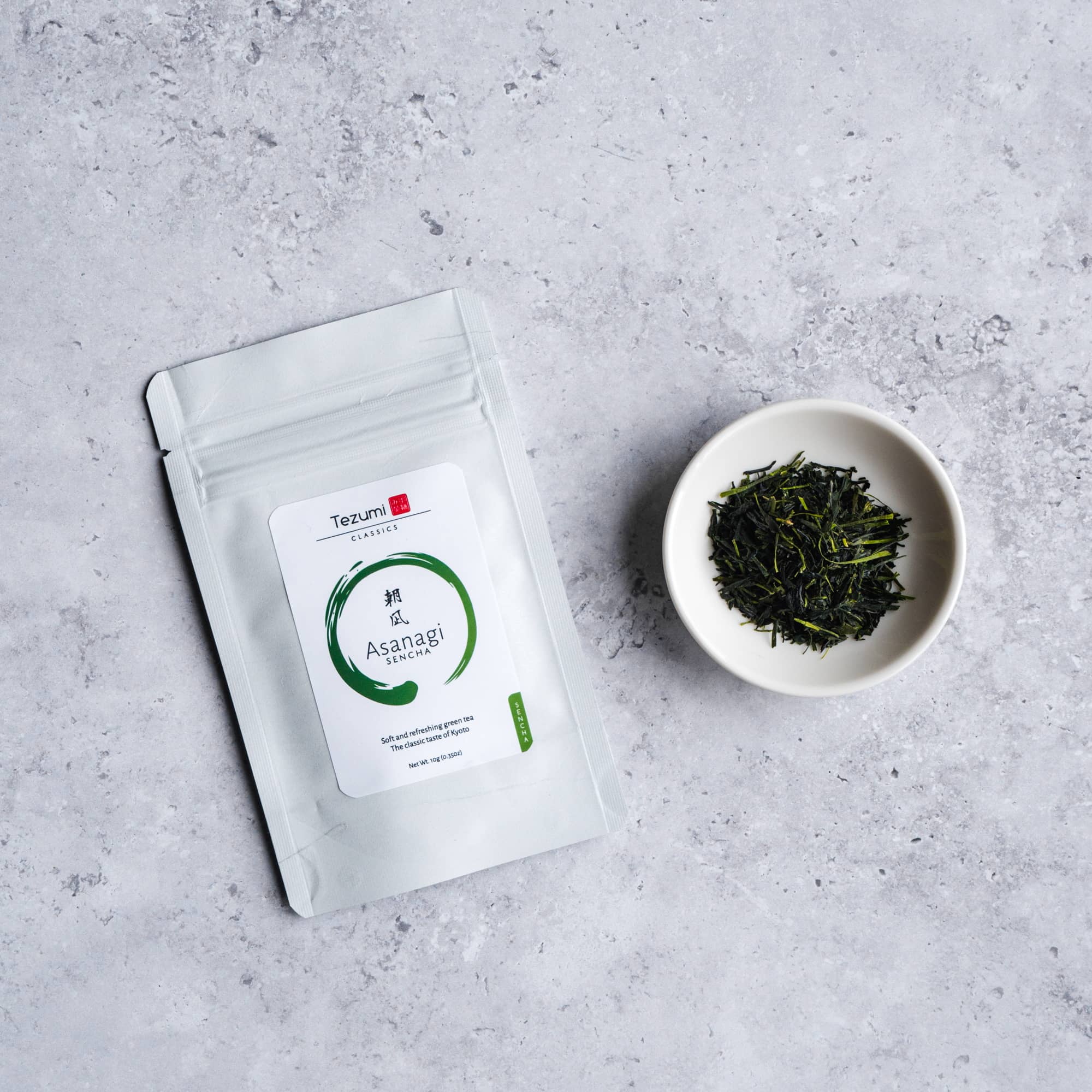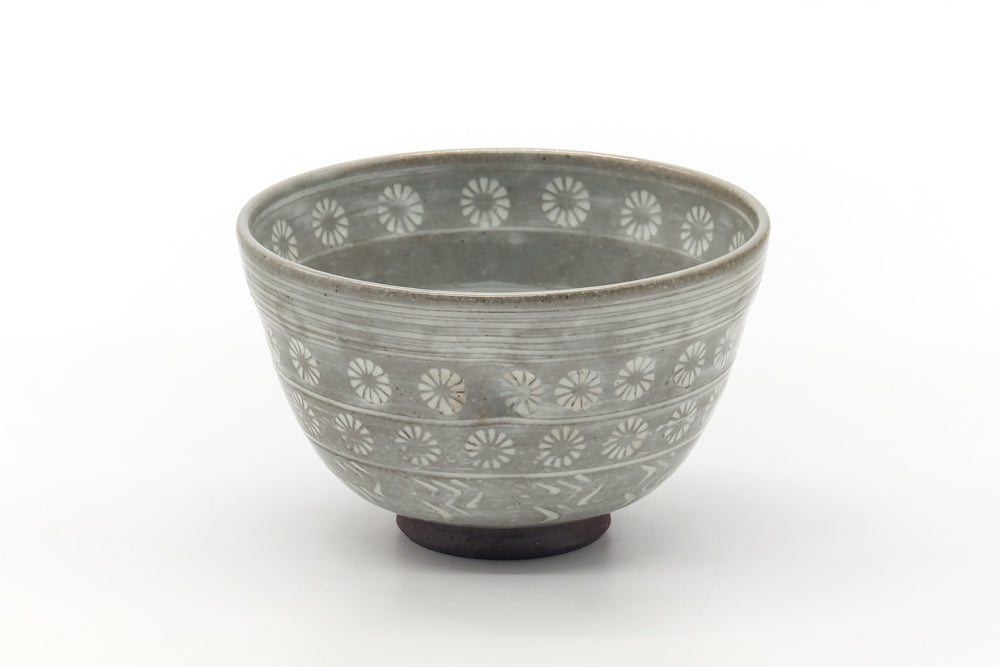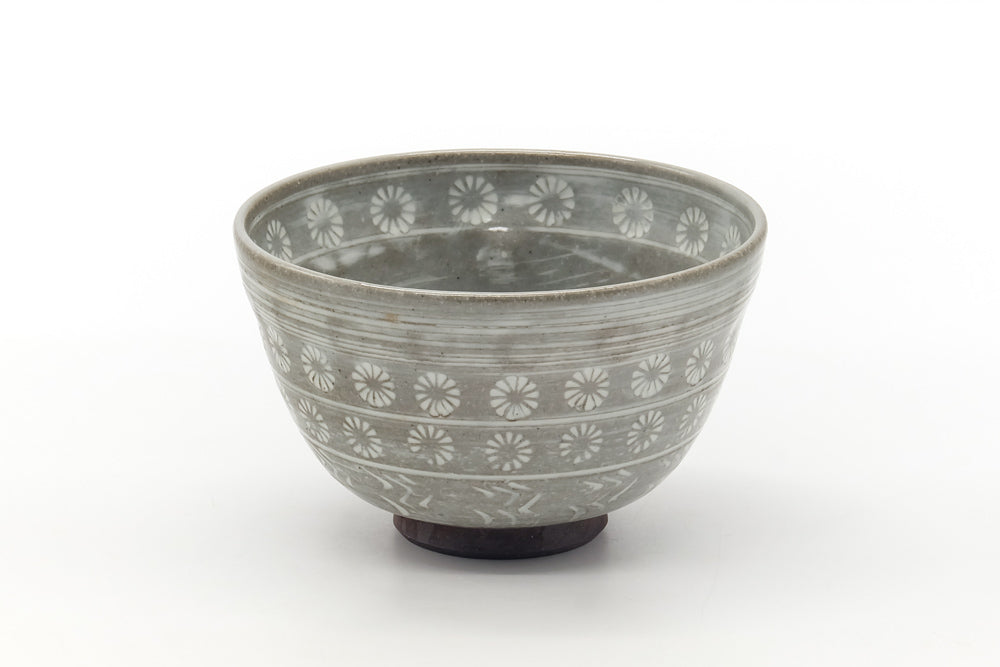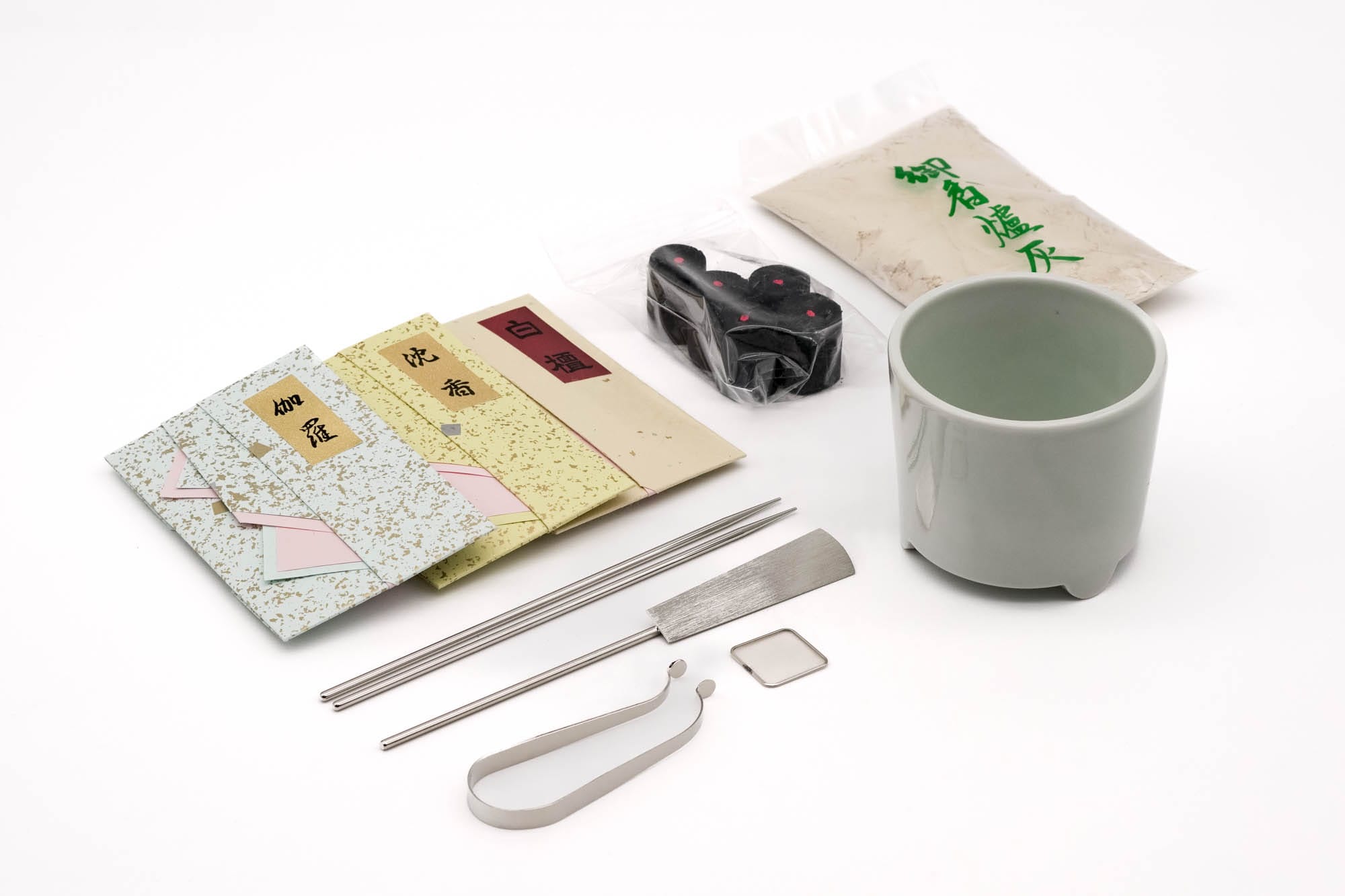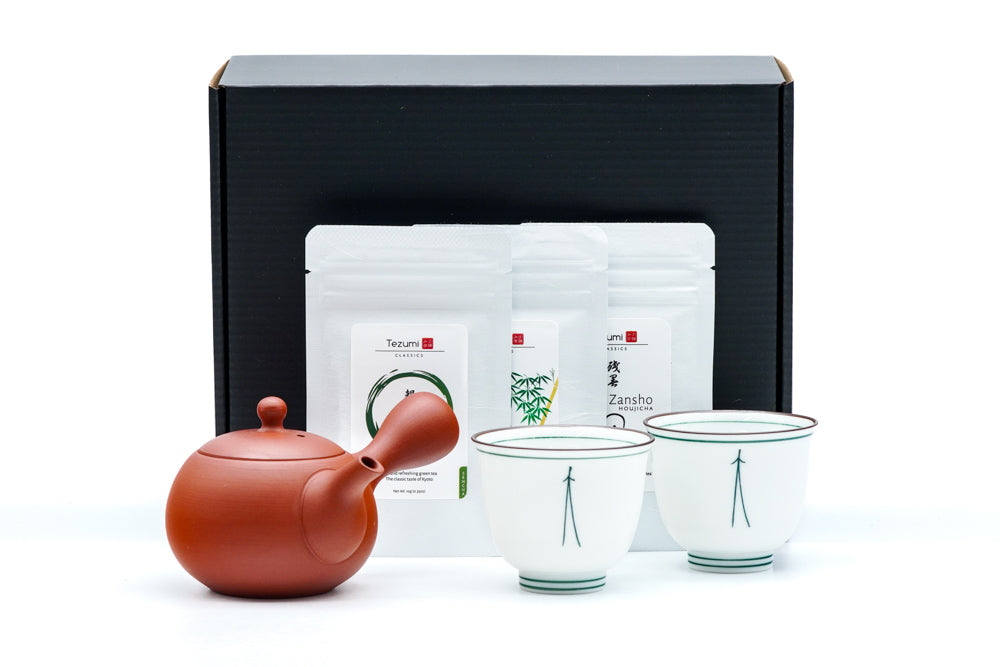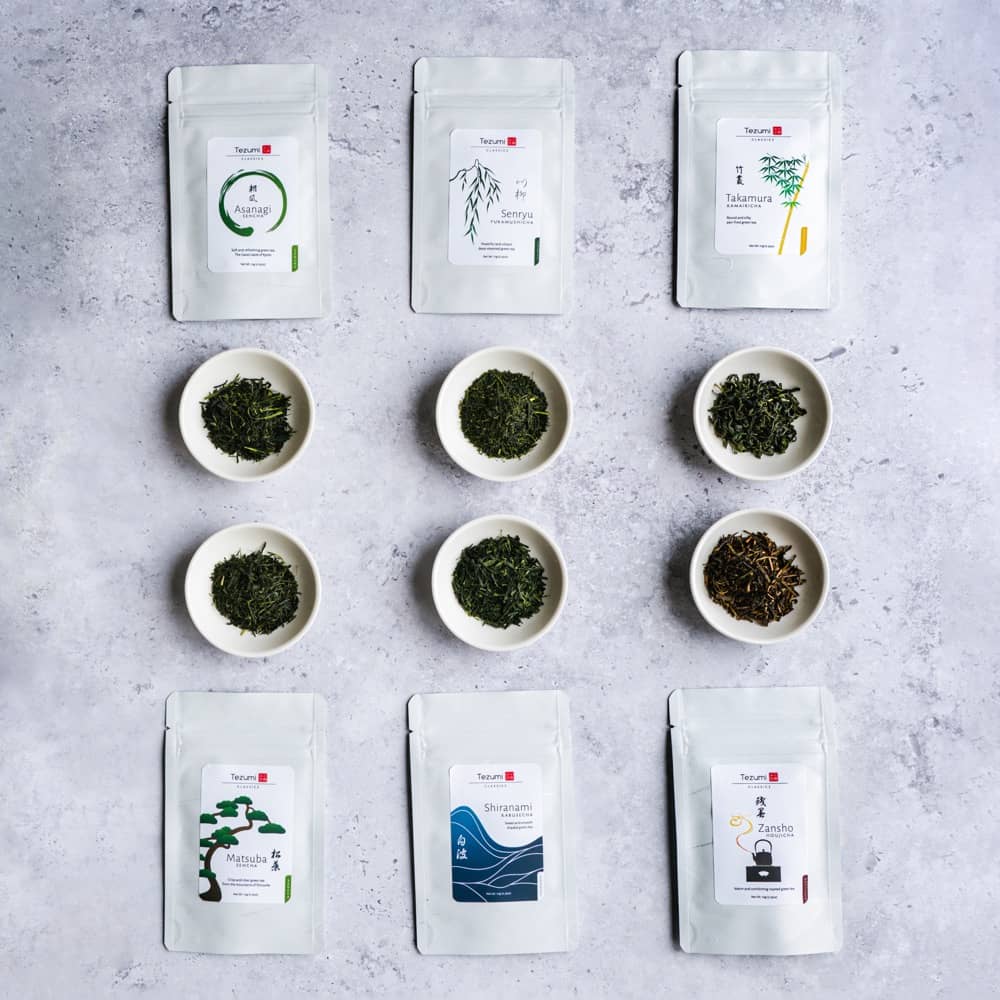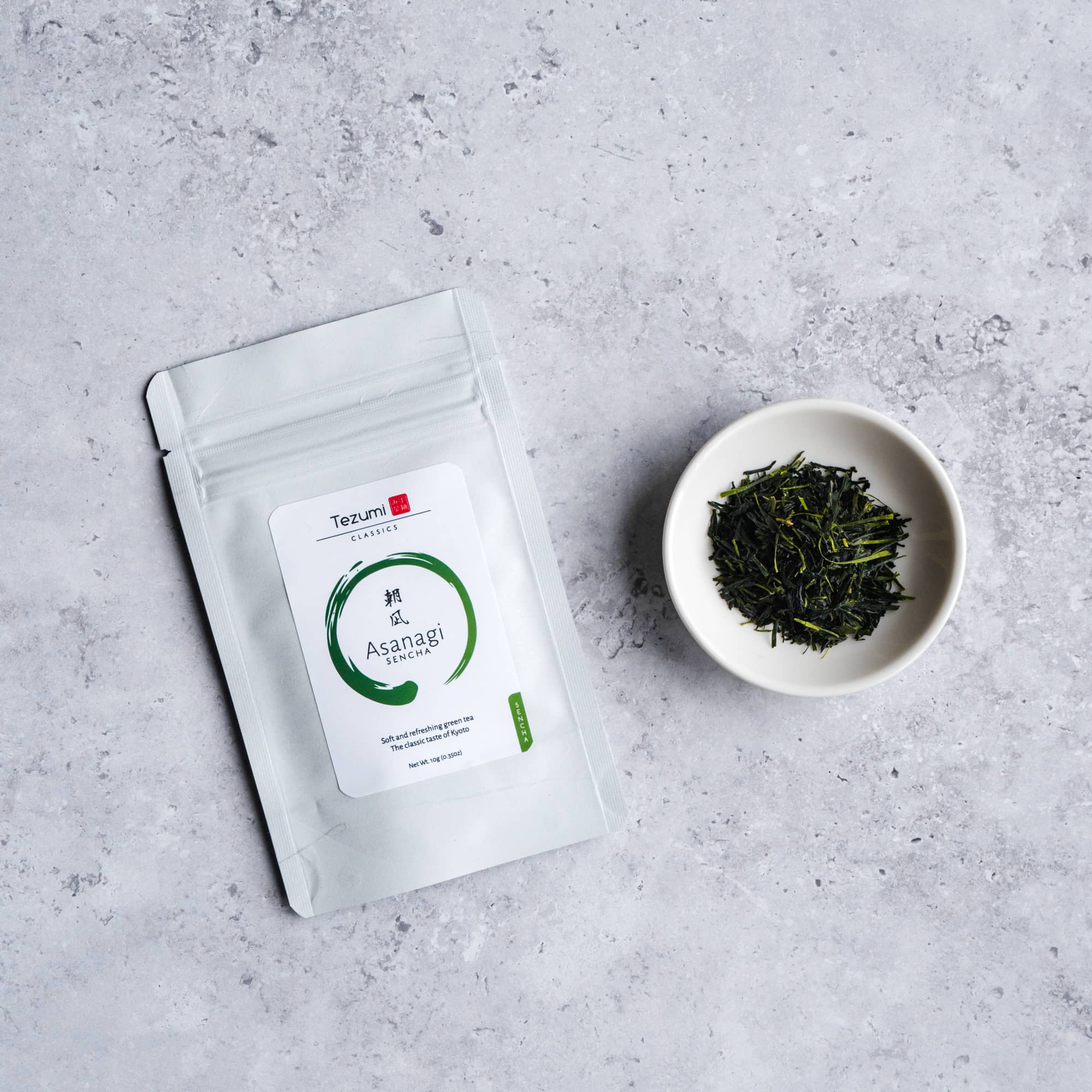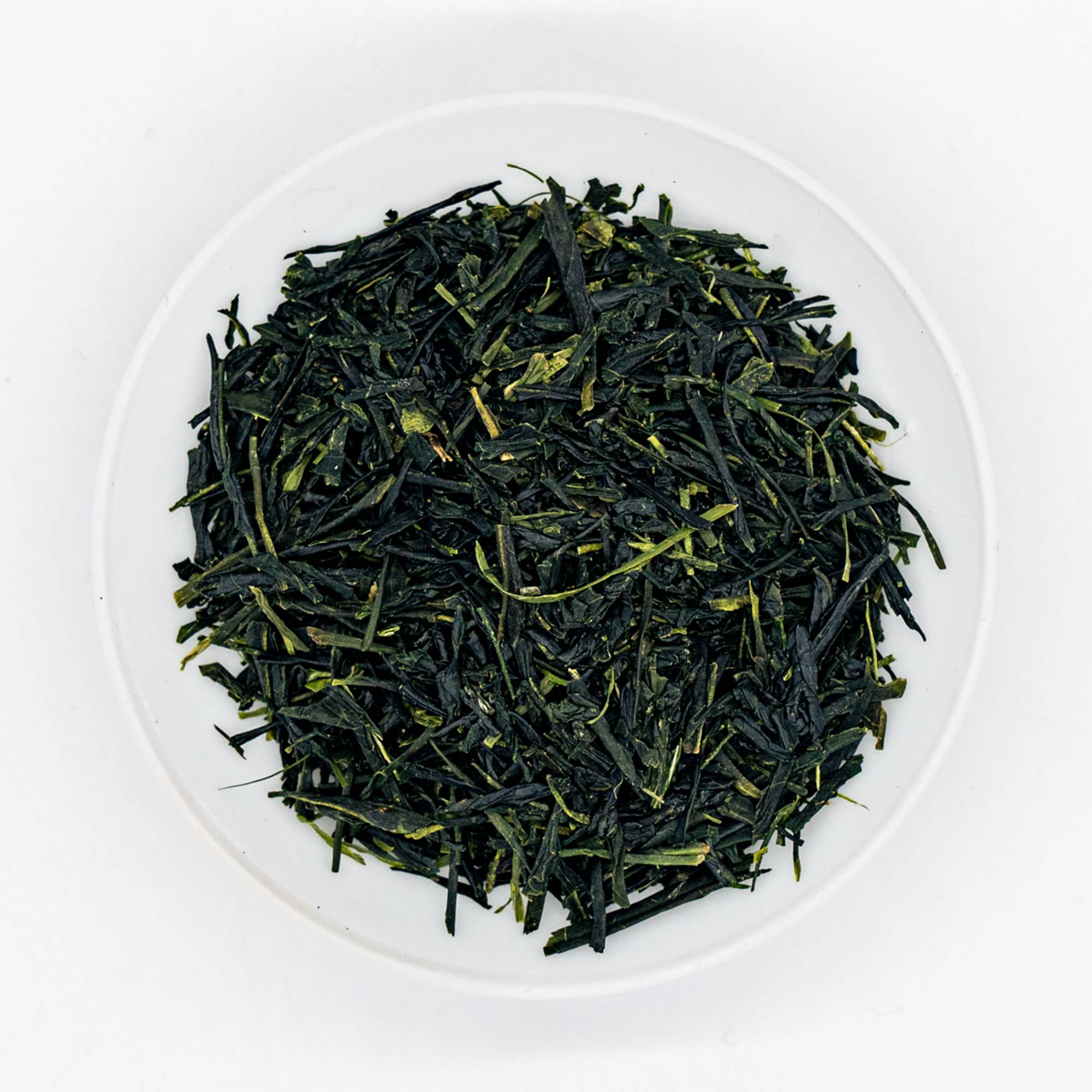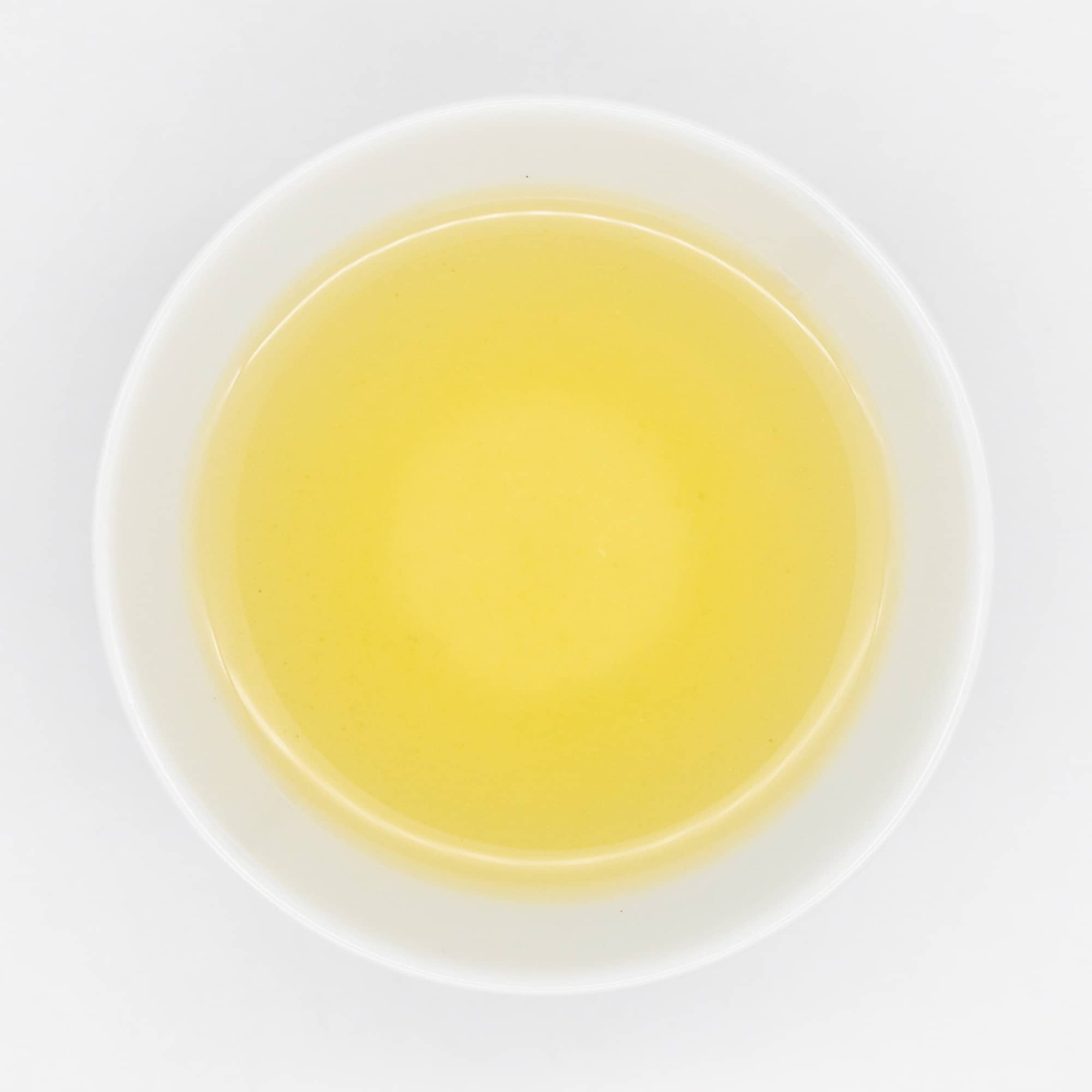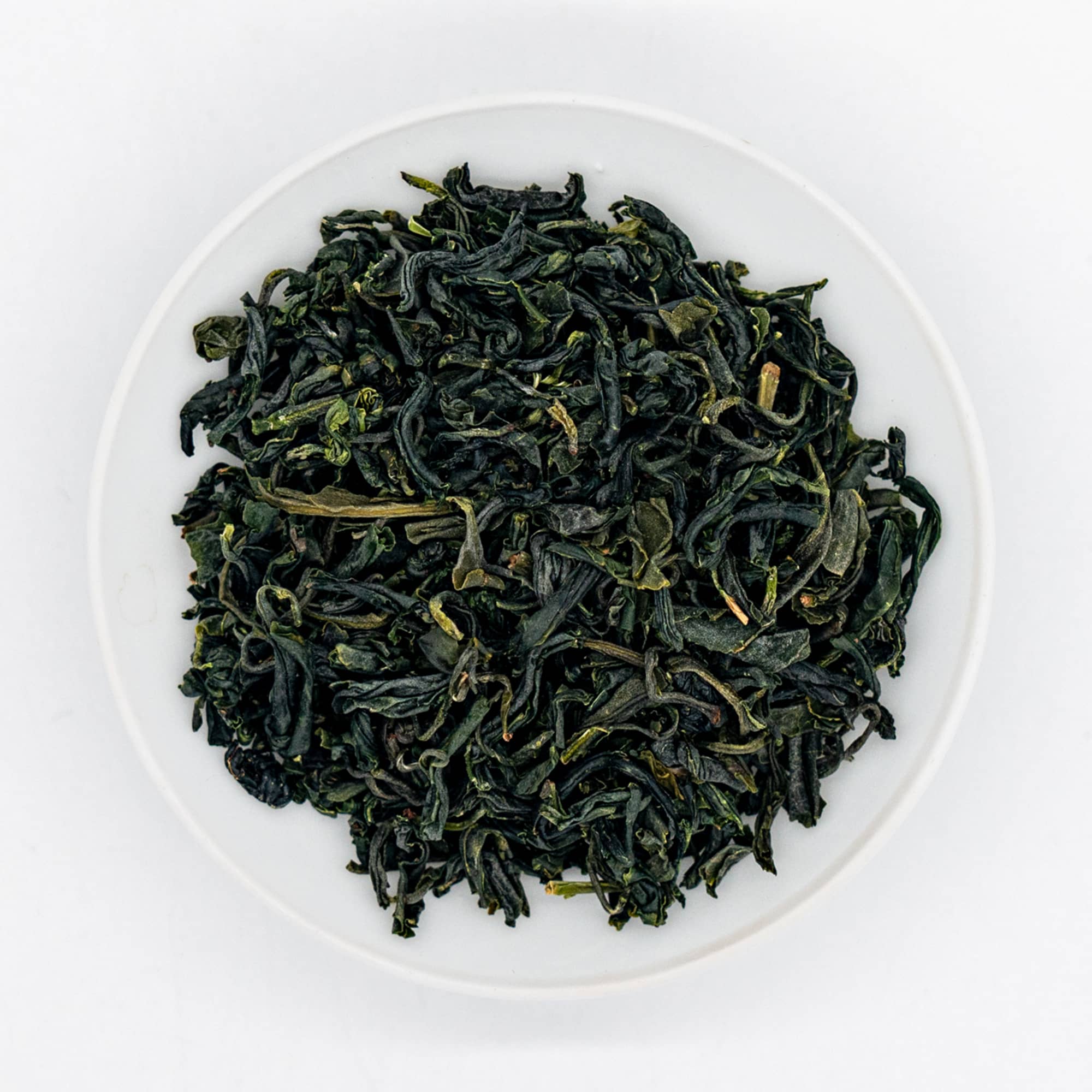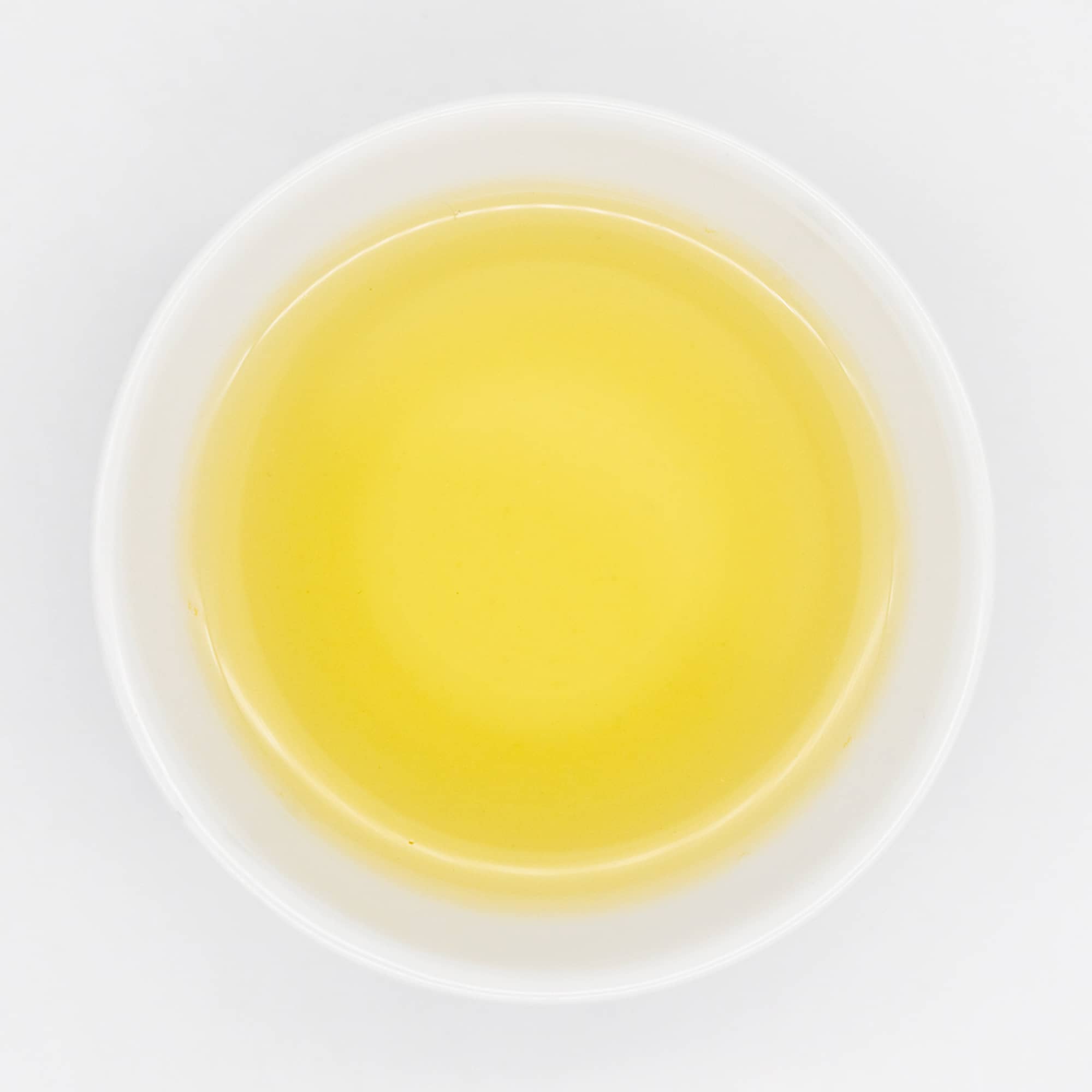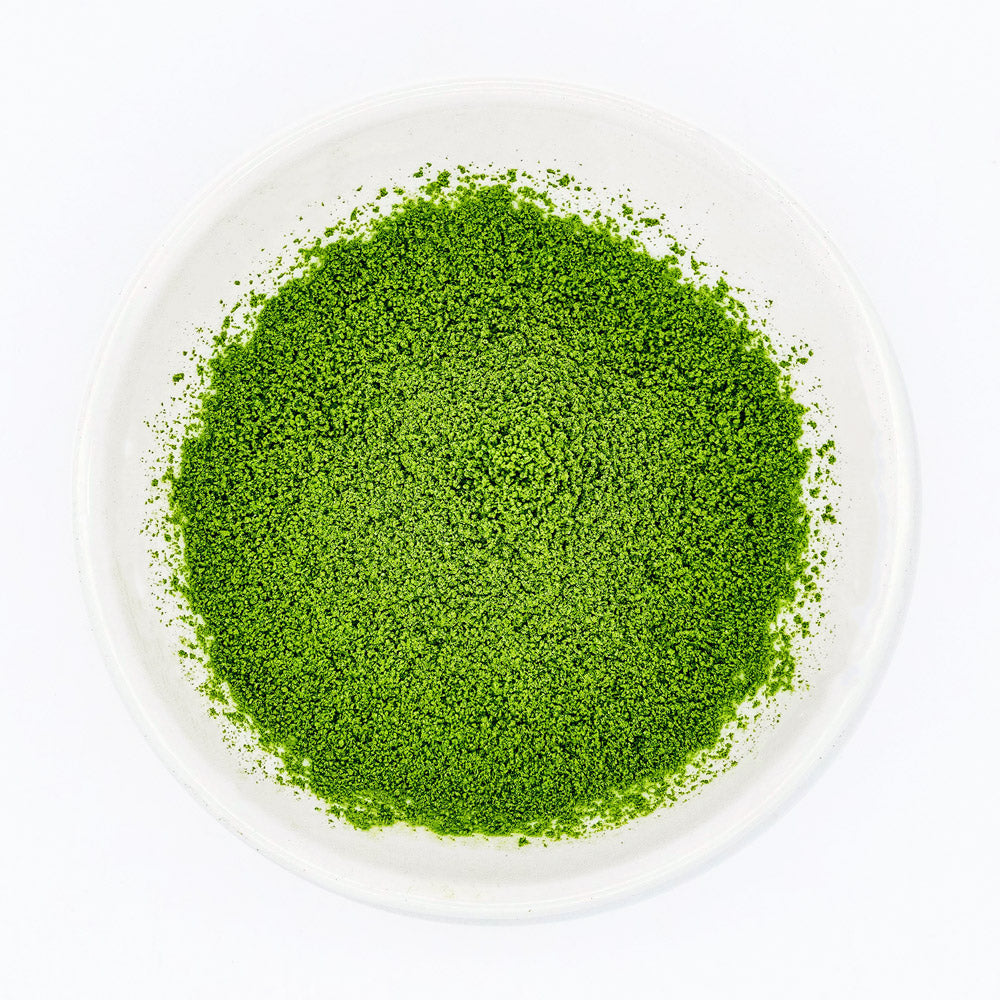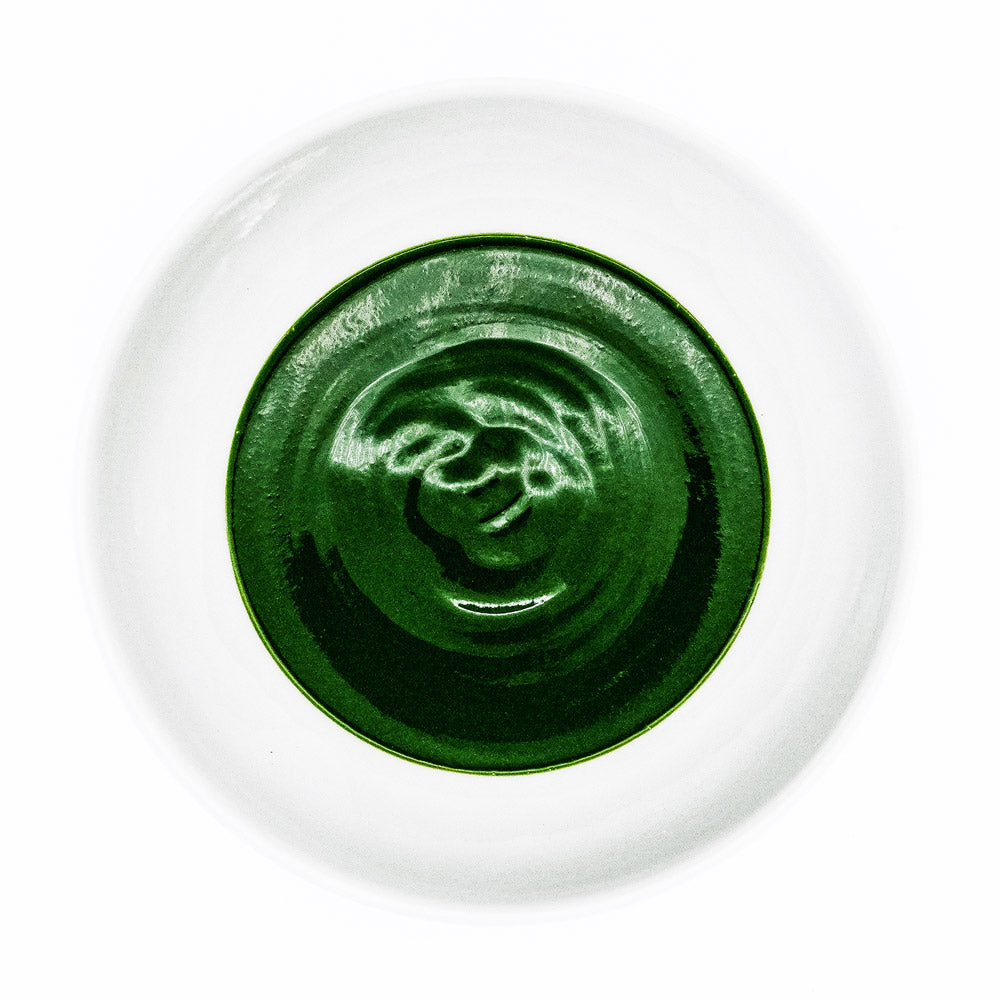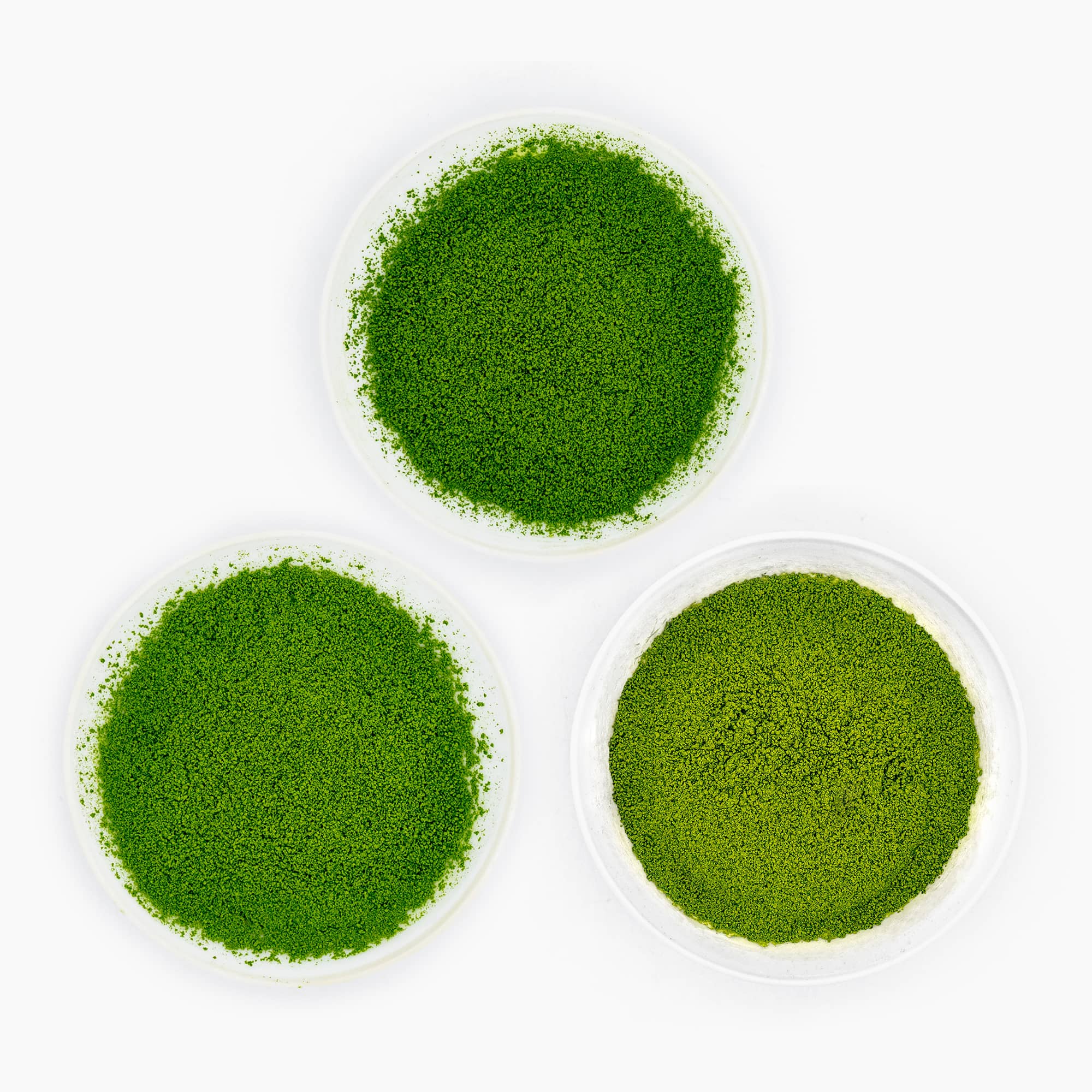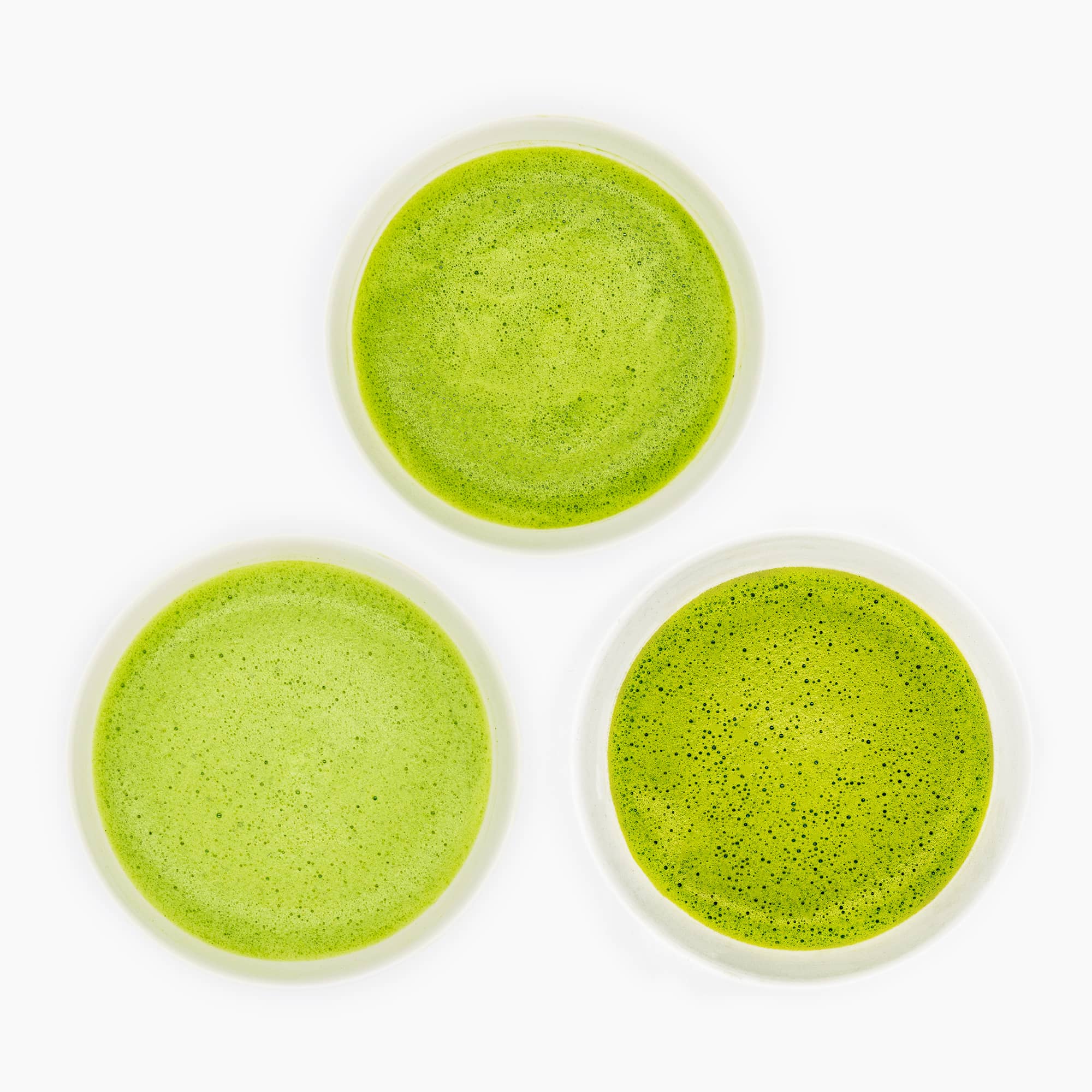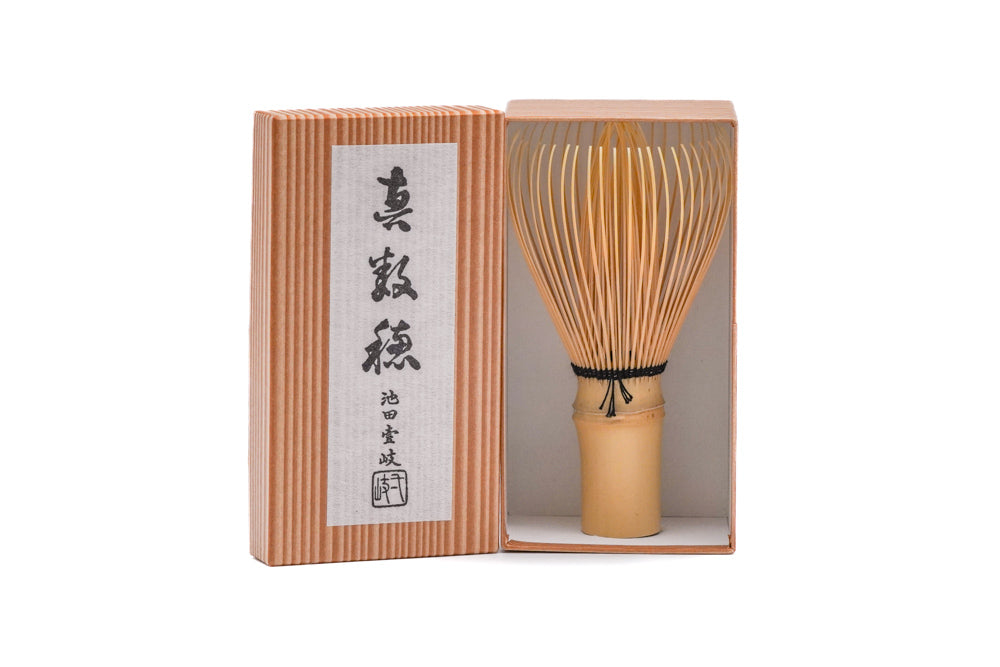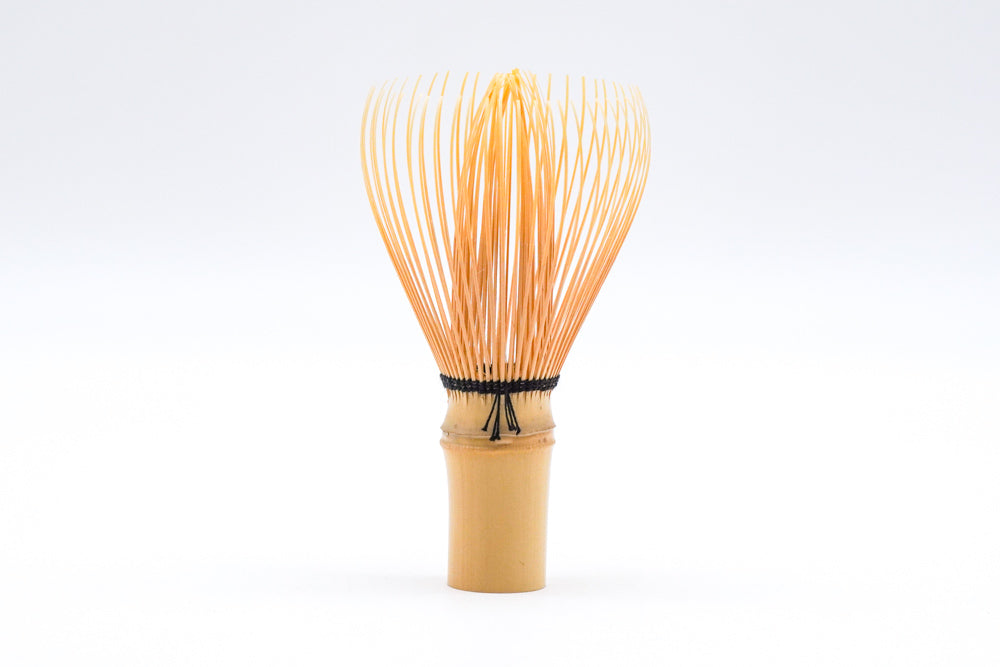The Perfect Cozy Autumn Drink: Houjicha Latte Recipe
As the weather begins to cool, a warm and relaxing houjicha latte is a perfect way to cozy up.
Choosing Your Ingredients
While you could make this using a very strong steeping of regular houjicha, we strongly recommend using houjicha powder, as you can create a stronger tea base that can cut through the milk.
Whether dairy or plant-based, there are an overwhelming variety of milks to choose from, and in a drink that is predominantly milk, it is important to choose the right one for you. The three main areas of concern are taste, texture, and steamability/foamability.
For dairy milk, the go-to choice for lattes has always been whole milk, with the higher fat content producing a creamy, luscious mouthfeel and also resulting in a denser richer foam, compared to light and airy foam of skim milk.
Every plant-based milk behaves a little differently when steamed, so be sure to pick one that can hold a stable microfoam and doesn’t curdle too easily. Barista-grade oat milks and almond milks which are specifically made with steaming in mind have become extremely popular for this reason. Coconut milk is another popular choice for matcha drinks because of its natural sweetness, compatible taste, and higher fat content which gives it that creamy texture.
Making the Drink
Our recipe produces an 8oz (240ml) drink, which we found to be the perfect size for a latte: plenty of sweet, creamy milk, yet not too much to overpower the tea.
Part 1: The tea
Like all of our tea milk drink recipes, we start out with our concentrated base, this time using 4g of houjicha powder gently mixed into 40ml (~1.5oz) of 80°C water. This 4g/40ml ratio is easy to remember and yields a powerful houjicha flavour in the same volume as a traditional double espresso, meaning you can substitute this houjicha base into your favourite espresso drink recipes.

Be sure to sift the houjicha powder into a dry, preheated bowl. A dry vessel and sifted tea help to ensure that there are no clumps in the finished drink. A warm bowl also gives you an opportunity to pre-wet your bamboo whisk, softening it and prolonging its lifespan.

While you could potentially make this base in the same cup or mug you’ll be drinking out of, evenly whisking in such a small space can be difficult, so we prefer to make the houjicha base in a spouted bowl, and pour it into the cup. This also makes it easier to whisk a larger batch for serving multiple people.

This technique is identical to our matcha base, which you can learn about in more detail in our guide.
Part 2: The Milk
For this 8oz latte, measure out 180ml (6oz) of your milk of choice (the remaining .5oz of this drink will come from the milk foam). Now it’s time to heat and texture (foam) it. The ideal texture is microfoam: a dense, wet foam with bubbles too small to see and a silky, velvety mouthfeel. We want to avoid over-frothing and producing an airy, dry, crisp foam which separates from the liquid milk. While getting the perfect milk texture might seem intimidating and complicated at first, with a little practice it becomes much easier.
Steaming Milk
Traditionally, milk texturing is done using the steam wand of an espresso machine or a stovetop milk steamer. Steaming milk this way simultaneously aerates it, mixes it, and heats it.

Ideally, you'd froth in a steel milk pitcher (pictured above). For beginners, we recommend using one with a built-in thermometer or temperature sticker (like this one) which will ensure you don't overheat the milk.
With the steam wand placed halfway between the centre and the side of the pitcher, and the tip placed just below the surface of the milk, turn on the steam and let the milk gently aerate or ‘stretch’ it (you’ll hear a slight ‘ripping’ or ‘kissing’ sound). If it’s aerating too fast, raise the pitcher; if it's not aerating at all, lower the pitcher. You should have one hand holding the handle of the pitcher and another feeling the bottom of it. As soon as the pitcher feels warm to the touch, raise it slightly to bury the steam wand in the milk and stop aeration. At this point, you should be generating a small vortex with the steam which will smash the big bubbles down into microfoam and mix the foam with the milk. When the pitcher is too hot to touch for more than a second, turn off the steam and you’re done! Make sure to purge and wipe down the steam wand immediately afterwards. Nailing the technique takes some training and practice but ultimately yields the best results: silky, dense, velvety microfoam.
Frothing Milk without an Espresso Machine
If you don’t have an espresso machine, there are many other methods you can use to heat and froth your milk. Heating can be done in a microwave or over the stove. In either case, make sure the milk does not exceed 65°C (~150°F). Any hotter than this, and the milk will lose its natural sweetness and begin to cook.
To froth the milk, you can use a clean french press, handheld frothing wand, or a dedicated automatic electric milk frother (which often can heat the milk too). If you’re doing it manually, you’ll want to spend around 10% of your time aerating the milk and 90% of it mixing the froth with the liquid milk.
Using a French Press

Perhaps the best and cheapest substitute for steamed milk is milk frothed in a French press. With the right technique, the foam quality can be great and French presses are relatively cheap; you might even have one stashed in a cupboard.
First, aerate the hot milk by raising the plunger to the top of the press and swiftly pressing it all the way down. Repeat this another 2-3 times to generate a lot of froth. Now, lower the plunger so it's submerged in the milk and pulse it up and down, keeping it submerged. This breaks down larger bubbles and mixes the foam with the milk. Keep pulsing and swirling the french press until you have a dense and even foam.
If you don't have a French press and don't plan on using one for coffee, you can use a dedicated manual milk frother, like this one. These are practically the same as a French press but smaller, and with smoother action for easier frothing.
Using a Handheld Frothing Wand

We can apply the same logic when using a handheld frothing wand. When the frother spins it generates a vortex. Aerate the milk first by putting the wand at the centre of this vortex where it can grab air and mix it into the milk. Then put the wand towards one side of the pitcher and tilt the pitcher in this direction, ensuring that the wand remains submerged and does not grab any more air. Keep mixing until all the large bubbles are popped and you have even microfoam. Swirling the pitcher and tapping it firmly on a counter can help finish off any stubborn bubbles.
Any cheap frother will be more or less the same, but if you want an upgrade, the NanoFoamer by Subminimal uses a mesh rather than a coil to produce a texture closer to steamed milk.
Using an Automatic Milk Frother
If you have an automatic milk frother, many of these tend to over-froth and produce very dry foam which sits on top of runny milk. To fix this, scoop off some of the very top layer of dry foam, and swirl the remaining foam into the milk, which will help homogenise it.
Part 3: Combine and Enjoy
When you have your heated and textured milk, pour it into the houjicha base and enjoy.

If your milk is perfectly textured and you’re feeling daring, you can even pour some latte art.

Recipe Recap
- Sift 4g of houjicha powder into a dry, preheated vessel
- Add 40ml (~1.5oz) of 80°C (176°F) water
- Whisk slowly in a circular motion
- Pour the houjicha base into a preheated 240ml (8oz) latte cup
- Steam/heat/foam 180ml (~6oz) of milk or milk alternative to 65°C (~150°F)
- Pour the milk into the houjicha base (with latte art, if desired) and enjoy!



